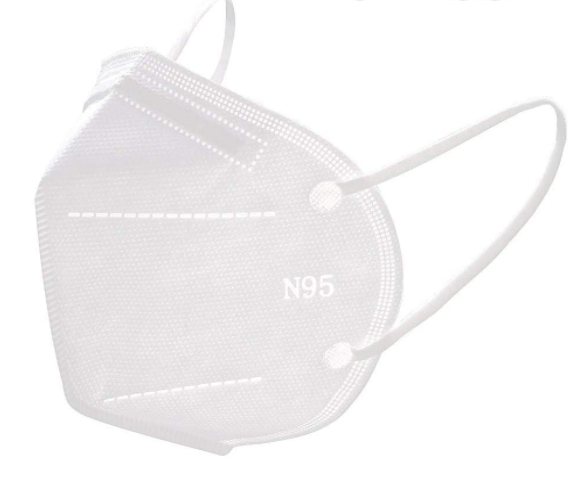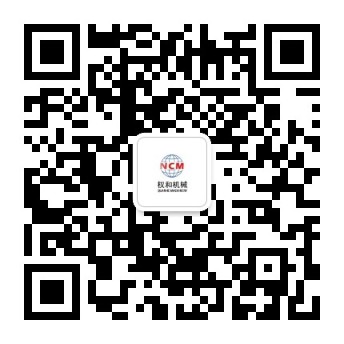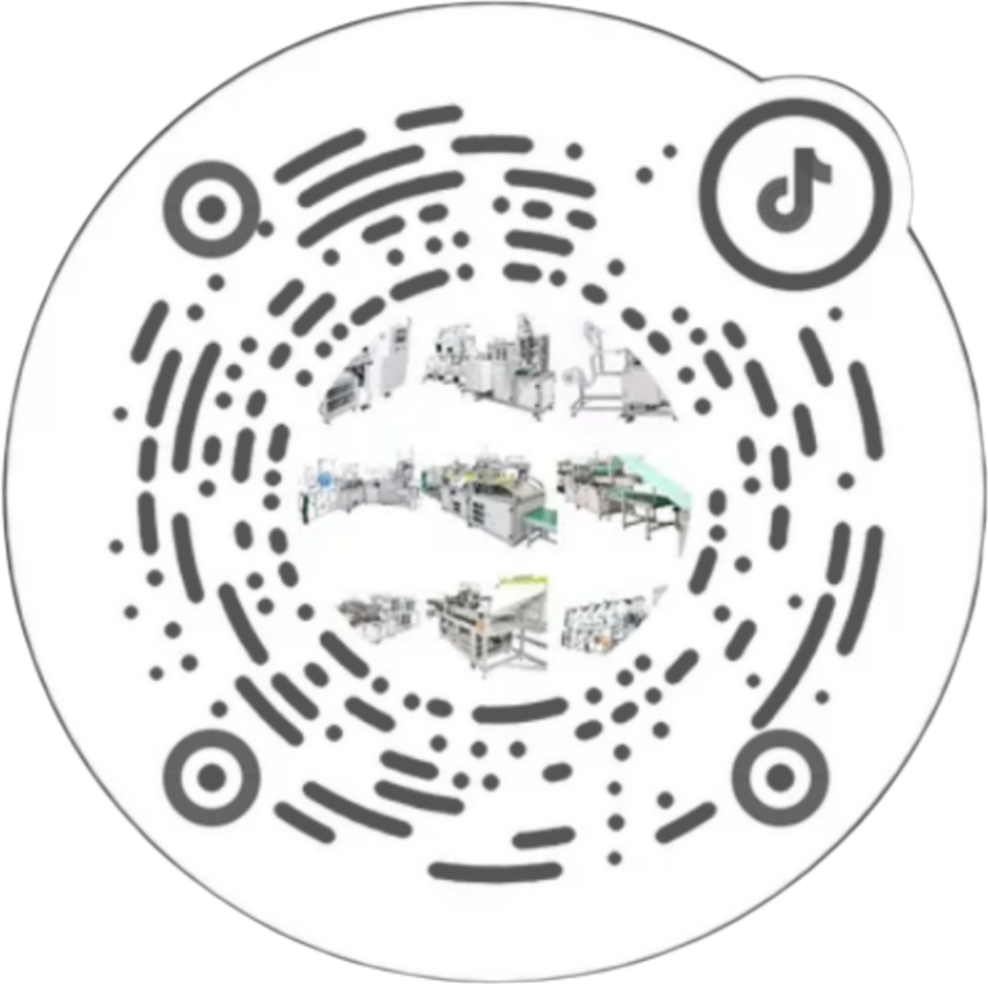What is the N95 mask standard?
- Edit:Dongguan quanhe machinery equipment co., ltd
- Date:2024-04-25
- Visits:1066
- Sort:Company dynamics
N95 mask "N95" is one of the nine standards formulated by NIOSH in 1995.
"n" means "notresistanttooil". "95" means that the particle concentration inside the mask is 95% lower than that outside the mask when exposed to a specified number of special test particles. Among them, 95% is not the average value, but the minimum value, so the average value of actual products is mostly set above 99%.
Other NIOSH-certified particle-proof mask grades include: N99, N100, R95, R99, R100, P95, P99 and P100, all of which can cover the protection range of N95, where "R" means that it is suitable for oily or non-oily particles, and if it is used for the protection of oily particles, the use time will not exceed 8 hours; "P" means that it is suitable for oily or non-oily particles. If it is used for oily particles, the service time should follow the manufacturer's recommendation. And "99" and "100" refer to the filtration efficiency level respectively.

According to the oil resistance, it is divided into "N", "R" and "P", and according to the capture rate, it is divided into "95", "99" and "100". "R" stands for "resistanttooil" and "P" stands for "oilproof", in which "99" stands for more than 99% and "100" stands for more than 99.7%.
In addition, when the N100, P100 and R100 masks are tested with 0.3 micron particles, the barrier efficiency must be above 99.7%, and the filtration rates of N99, P99 and R99 are above 99%, while the filtration rates of N95, P95 and R95 are above 95%.
Therefore, when the N95 mask is tested with 0.3 micron sodium chloride particles, the blocking rate must be above 95%, and when the wearer's face tightness is tested, it is ensured that the air can pass in and out through the mask under the condition of being closely attached to the edge of the face. Only those who meet this test will issue N95 certification numbers.
At present, there is a certain gap between the testing methods of domestic protective masks and those of foreign countries. Generally speaking, the protective masks certified by the existing domestic standards can not reach the N95 standard.




